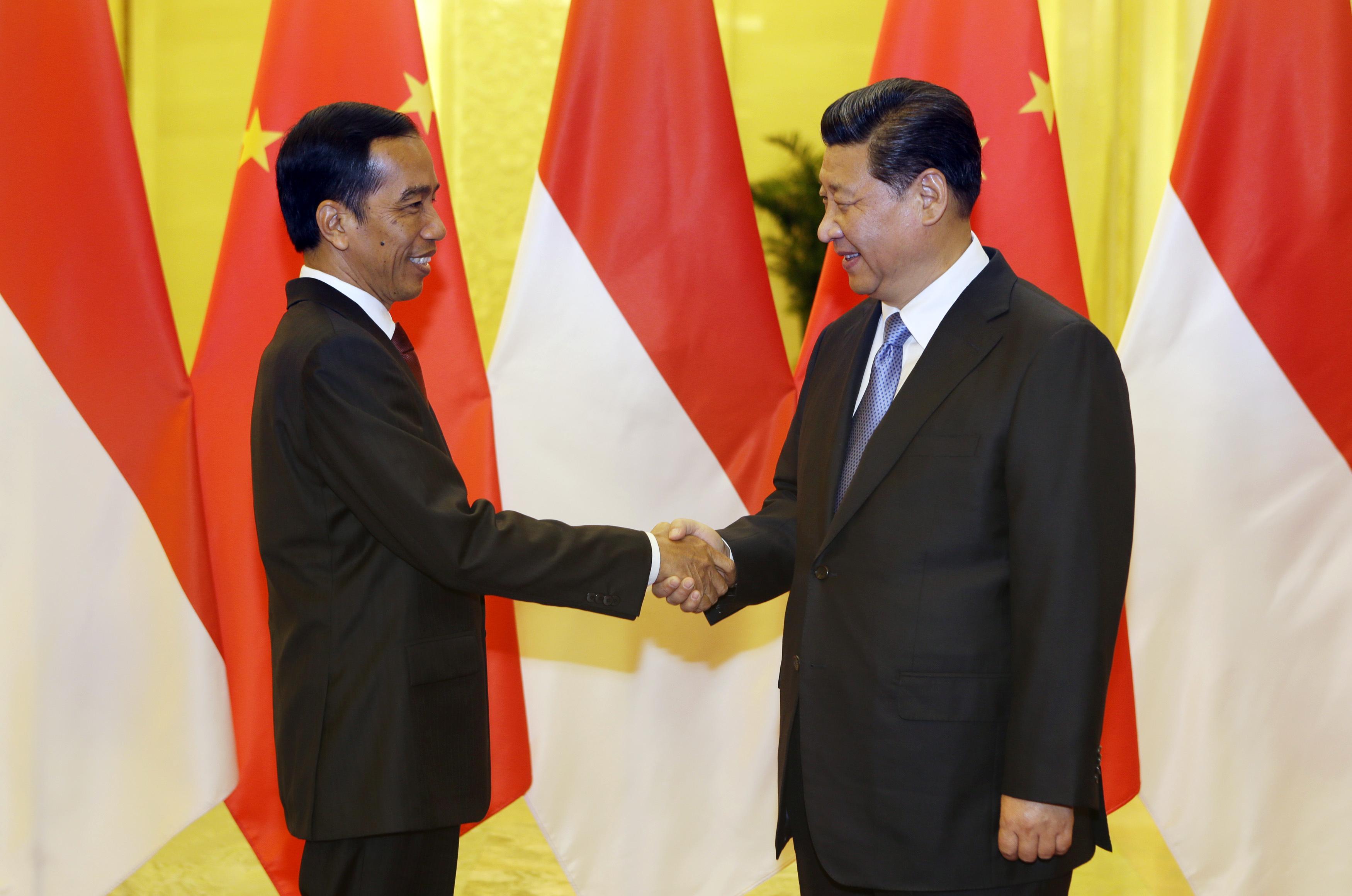
Bareksa.com - China's annual consumer inflation eased to a five-year low of 1.4 percent in November, signalling persistent weakness in the world's second-largest economy and giving policymakers more room to ease policy to support growth.
Beijing is increasingly concerned about the risk an onset of deflation would pose to an economic recovery that has failed to gain traction despite a swath of reform initiatives intended to restore investor confidence and respark productive business investment.
Analysts polled by Reuters had expected annual consumer inflation to be 1.6 percent in November, the same as in October.
The consumer price index fell 0.2 percent in November from October, the National Bureau of Statistics said on Wednesday. The market had expected prices to be flat.
As in previous months, rising food prices did not offset underperformance in non-food items; tobacco and liquor prices dragged as China continued to purge corrupt officials, and transport and communication prices also dropped - partly the result of falling global oil prices.
The producer price index in November fell 2.7 percent from a year earlier, its 33rd consecutive monthly decline, as sluggish demand at home and abroad continued to tax the pricing power of companies.
The market had expected a 2.4 percent fall in producer prices after a drop of 2.2 percent in October.
China also reported a surprise drop in imports and slower than expected growth in imports in November.
GROWING DEFLATION RISK
The risk of deflation was seen as the primary reason the People's Bank of China (PBOC) conducted an unexpected cut to interest rates on Nov. 21, government sources said.
Regulators are expected to follow up with more monetary easing that may include a potential 0.5 percentage point cut to bank reserve requirement ratios, which would pour an estimated 2.37 trillion yuan ($383.2 billion) of new base money into the system.
Such an injection would certainly give banks more capital to lend, especially if combined with regulatory adjustments to the way loan-to-deposit ratios are calculated as regulators have suggested is likely.
It would keep at bay any further deflationary pressure, but it would also facilitate the potential reflation of asset bubbles in property, industrial capacity, and stocks.
Indeed, domestic stock markets are already pricing in the likelihood of such a move, analysts say. Domestic stock indexes are up more than 30 percent since the interest rate cut, although China experienced a massive correction on Tuesday.
"Although this may cause some to worry about deflation risks, we don't think it is a major cause for concern," wrote Julian Evans-Pritchard of Capital Economics in a research note.
"Industrial input costs are falling, on the back of lower commodity prices, but the factory gate price of final consumption goods has remained broadly flat and so many firms are actually better off. Looking forward, we expect price pressures to moderate further going into next year."
Money markets have not reacted positively to the interest rate cut, which economists say supports arguments for cutting RRR, but stock markets have been cheered by the prospect of more liquidity although gains were curbed after the inflation data. (Reuters)